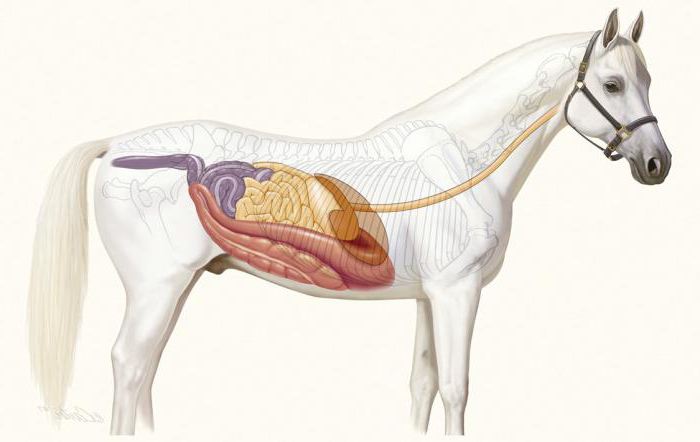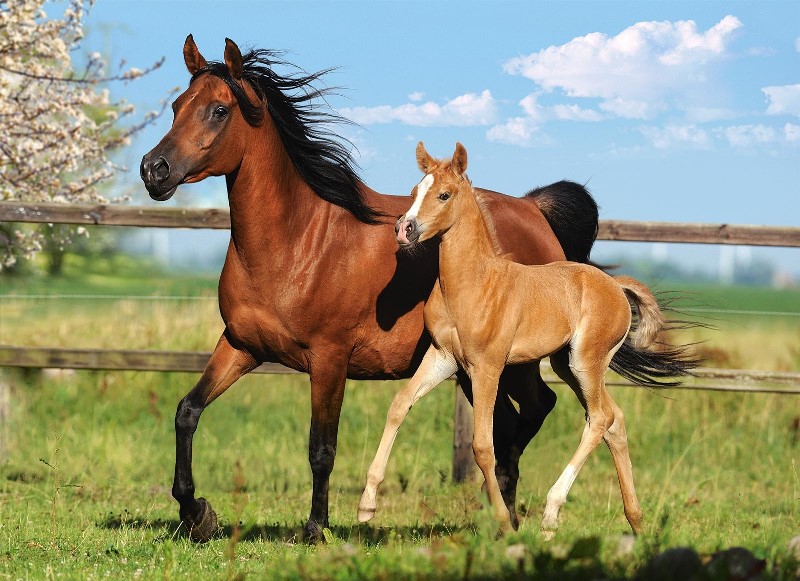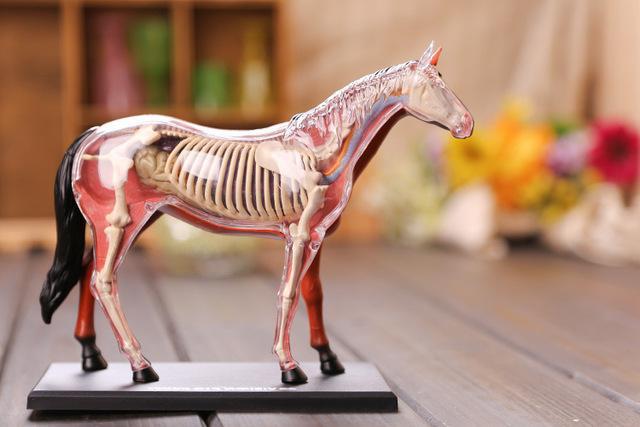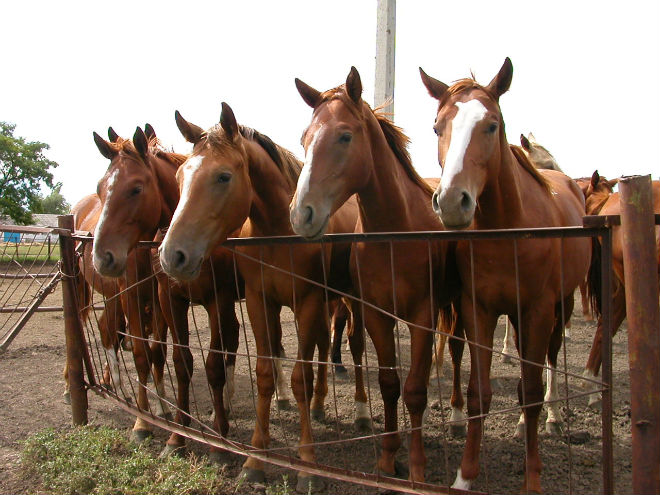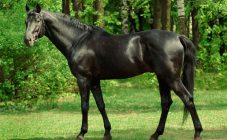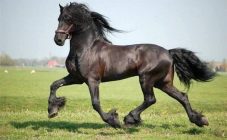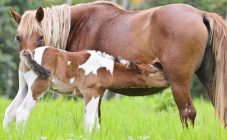Content:
Questions on the study of the vital activity of horses, their development are highlighted in a separate branch of science called hippology. Today there is practically no one person who would not admire the beauty and strength of these amazing animals. Horses have been accompanying humans since ancient times. More than 6 thousand years ago, wild mustang horses were domesticated by ancestors. Since then, the horse has been a faithful companion of man, and a separate science has gradually emerged that studies horses.
Historical data
What is the name of the science of horses, not everyone knows, very often hippology is called simply - horse breeding. There is evidence that the ancient Greeks were the first to study the issues of this science. It was from the Greek language that the existing name came - hippology (hippos - horse and logos - word). The first works in this direction are several hundred years old BC. Most often, they contained detailed information about the horses, as well as their appearance and how they were raised.
Science appeared on Russian lands during the times of Kievan Rus. A little later, there was a strengthening of science on Russian lands. People appeared who began to walk after horses, to study their habits. Their duties included taking care of them, monitoring the condition of the animals, and feeding them.
Already from the 20-30s of the last century, hippology was taught in many cavalry schools as a separate subject. At that time, Russia gained primacy in the development of this science, and many books and other literature began to appear.
Studied issues
Hippology began to develop rapidly and rapidly. Gradually, separate questions and sections began to emerge. The most basic points studied by horse breeding should be noted:
- History of development;
- Anatomy;
- Physiology;
- Breed formation;
- Features of care;
- Treating horses and so on.
The horse study specialists are appropriately named hippologists. They all know about this animal.
History of the development of horses
The science of hippology studies the history of the origin of horses in great detail. It has long been known that the first horses that were accustomed to doing human errands were mustangs. The remains of an animal were also found, which was named Stenon's horse. This is not a single ancestor of the horse. There is also historical data on such a species as the Hagerman horse, which became extinct long ago, only its remains have been found. The evolution of horses was rapid and rapid. Gradually, the original ancestor turned into a strong, beautiful, hardy animal.
Many believe that the development of horses goes back to the days when horses appeared in America. This happened millions of years ago. As a result of the long history of development and evolution of the beautiful animal, the horses of North America spread to South America, Europe, Africa, Asia and other countries. To a certain extent, the spread of this horse in the world was helped by the travels of Columbus.
Horse anatomy
This is one of the important points that horse experts study. Today, almost everything has been studied about the anatomical features of this animal. Of the main points and the most interesting, it is worth highlighting:
- Powerful developed muscles and strong skeleton;
- Small unicameral stomach;
- Perfect hearing and precise charm, but at the same time poorly developed vision and myopia;
- Strongly developed tactile sensitivity;
- Highly organized nervous system;
- Good memory and so on.
The development of horses ends by 5 years, the average life expectancy is about 20 years.
Physiology
Equine science also deals with the study of physiology, which implies a complete examination of the characteristics of the constitution. Depending on the breed and color, the horse has a different physique:
- Strong;
- Rough;
- Loose;
- Dense;
- Delicate.
Selection
Horse puberty begins to 2 goals, and physiological only to three. It is at this age that a horse can reproduce without prejudice to itself and its health. In horse breeding, two types of reproduction are possible: purebred and crossbreeding. As a result of crossing, new and more interesting breeds can be obtained.
Feeding and care
Another big issue to study is the raising of these beautiful animals, in particular the main points of care and feeding.
Diseases and their treatment
The horse, like any living organism, is susceptible to disease. They can be of different nature and symptoms. Each problem requires a different approach and treatment.
Hippotherapy
Horses are not only useful to humans in organizing work and entertainment. Many diseases can be treated with these beautiful animals.
There is a very popular type of treatment using these animals - hippotherapy. As numerous studies have shown, horseback riding helps to liberate many centers of the body in the physical plane. But it is not necessary to ride a horse, simple communication with it has a positive effect on the human psyche.
Horses can be prescribed for people with:
- Down syndrome;
- Nerve;
- Arthritis;
- Muscle atrophy;
- Autism;
- Nerves and sensory disorders;
- Paralysis, etc.
Development directions
Modern hippology has lost its relevance. Every year, not only the number of horses around the world decreases, but also the number of hippologists who professionally deal with the problems of these animals. But still there are people who appreciate this science and are engaged in its various areas.
Tribal direction
Horse breeding is a very difficult issue, since it is necessary to mate individuals taking into account the purity of the blood. It is the pedigree purebred breeding horses that are in great demand today as an imported commodity.
Working direction
Despite the fact that the importance of horses has almost completely disappeared in agriculture, domestic horses are still there and are used for some work. Someone keeps a horse at home just for beauty, while someone is trying to improve their health. In some areas, these animals are still used for work purposes: forestry, steppe zones, and so on.
Productive direction
Horse breeding is carried out on some farms in order to obtain horse meat. Its value and popularity is much less than that of beef and pork, but horse meat is still widely used in sausage factories.
Sports direction
One of the most relevant areas for horse breeding. Horses that are selected for sports equestrian training and participation in racetracks must have certain characteristics and qualities.
Hippology is losing its relevance and interest in modern society. Until the horse again takes an important part of a person's life, horse breeding will not revive and will gradually fade away, as the number of horses in the world drops significantly.
